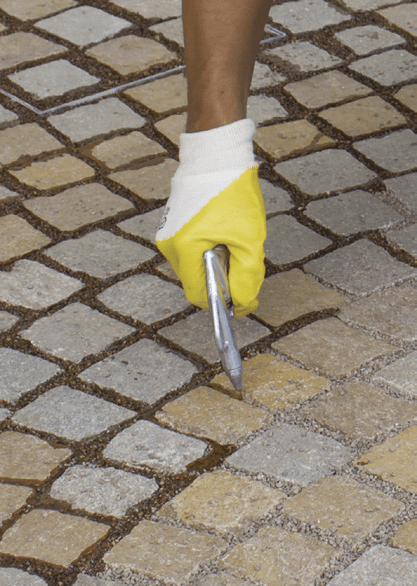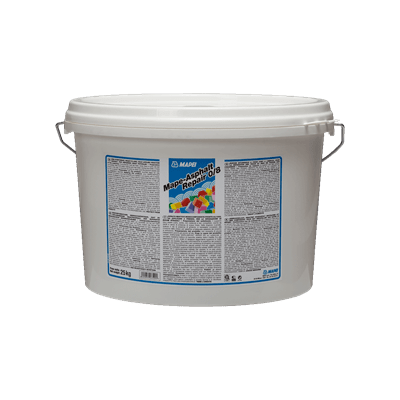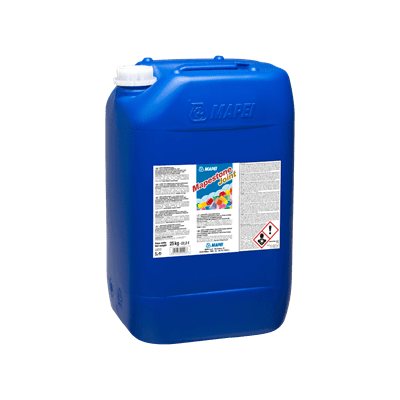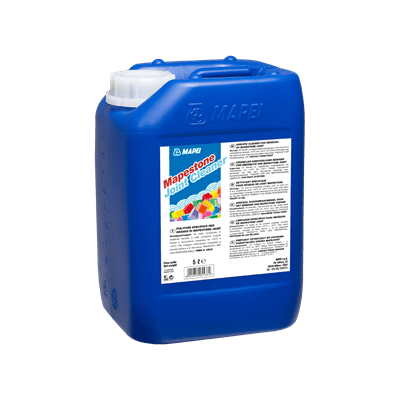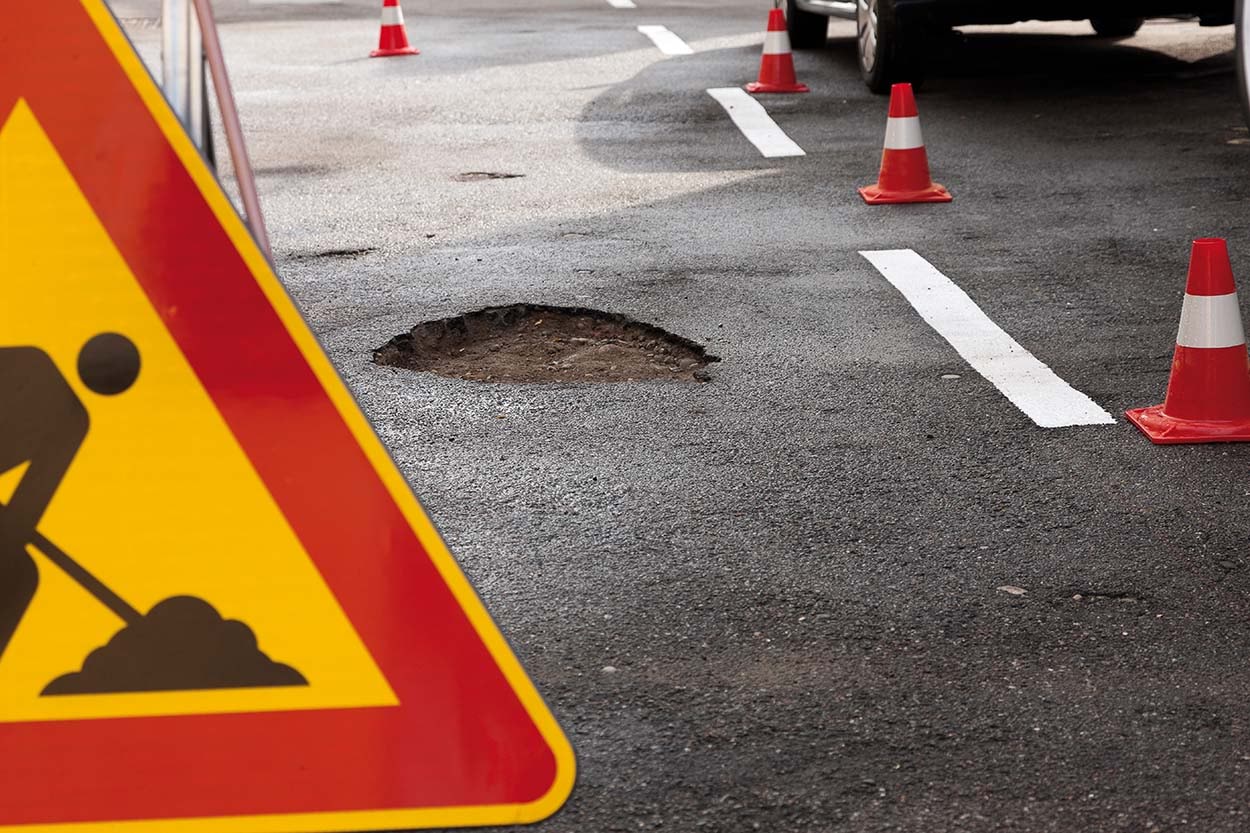
Potholes and the city slalom
Snow, rain, cold weather and insufficient maintenance: many cities are in a state of emergency.
A problem that torments drivers, cyclists, motorcyclists and pedestrians alike, and not only during the winter months: it seems that asphalt crumbles and potholes appear every time it rains. This is a serious problem that compromises everybody’s safety, but why do potholes form? We can’t always blame them on atmospheric agents or bad weather during the winter. In certain cases, people seem to be resigned to potholes as a direct consequence of the winter weather, but potholes shouldn’t really appear at all and they should be the exception rather than the rule. If potholes do appear, then it means something hasn’t worked as it should have. The solution for councils and public bodies responsible for road maintenance could be to apply new technologies, carry out checks on all work carried out and implement a long-term plan of efficient road maintenance.
A problem that torments drivers, cyclists, motorcyclists and pedestrians alike, and not only during the winter months: it seems that asphalt crumbles and potholes appear every time it rains. This is a serious problem that compromises everybody’s safety, but why do potholes form? We can’t always blame them on atmospheric agents or bad weather during the winter. In certain cases, people seem to be resigned to potholes as a direct consequence of the winter weather, but potholes shouldn’t really appear at all and they should be the exception rather than the rule. If potholes do appear, then it means something hasn’t worked as it should have. The solution for councils and public bodies responsible for road maintenance could be to apply new technologies, carry out checks on all work carried out and implement a long-term plan of efficient road maintenance. Also, in order to rationalise the number of interventions and save on their overall cost, maintenance work on underground systems (drainage, water, gas and electricity) should be coordinated with the road maintenance schedule so that work is not constantly carried out on road surfaces.
ASPHALT ROAD SURFACES
Roads are made up of several layers starting from the base up to the actual road surface, whose job is to protect the road from traffic and climatic variations to guarantee its service life and impermeability. Apart from climatic factors, wear on road surfaces is also caused by the loads from passing traffic that forms cracks and furrows in the road and makes them less resistant. Rainwater then breaks up the granular material on the surface, separates the bitumen from the aggregate and holes appear. Research and technology have also obviously come a long way regarding base layers and asphalt road surfaces, making them more resistant and, as a result, able to withstand heavier loads so that they crack and break up less frequently.
STONE ROAD SURFACES
Another matter is the question of stone surfaces. They are often found on roads, piazzas and pavements in old city centres and, while they are aesthetically more attractive, they can cause quite a few problems if the most appropriate products and installation techniques are not employed. Porphyry cube setts and stone slabs are laid on sand or a sand/cement mixture and are often “displaced” due to mechanical stresses and loads from passing cars and lorries, which then provokes subsidence in the uneven, weak substrate. This is caused by de-icing salts that break up the surface of the filling between the blocks or slabs allowing water to penetrate into the joints, by freeze/thaw cycles and even by poor workmanship. At this point, once the winter is over, roads and pavements have areas with slabs that have been displaced or become detached, leaving holes in the paving. Not to mention the considerable repair costs and the resulting inconvenience for local inhabitants.
INTERVENTIONS WITH MAPEI PRODUCTS
The Mapei R&D laboratories have been developing a series of products which contribute towards more effective maintenance work on roads and in service areas.
REPAIRING ASPHALT ROADS
Amongst the products available to carry out maintenance work quickly, that are also easy to apply, there is MAPE-ASPHALT REPAIR 0/8, a one-component, ready-to-use, reactive asphalt for repairing potholes in roads.
This product hardens when it comes into contact with water and is used to repair asphalt road surfaces and industrial floors quickly without interrupting the flow of traffic so that repaired roads can be reopened and put back into service quickly. Also, it may be applied during cold weather and may be used to repair both the wear layer (if the potholes are not too deep) and the substrates (if the potholes are deeper). It is resistant to freezing weather and rain, it does not soften during hot weather and guarantees a durable repair that remains stable over the years, very similar to traditional hot-applied asphalt.
RENOVATING STONE ROADS
MAPESTONE, a system for renovating and installing modern road surfaces, is made up of a complete range of products for installing and grouting stone slabs, paving units, cobblestones, and cube setts. It is highly durable, strong and resistant to chemicals, freeze/thaw cycles, de-icing salts and seawater, thereby helping to reduce the amount of maintenance required and deterioration of road surfaces. The wide range of products in the Mapestone line has been further extended with the addition of two new products developed for building architectural deformable and draining stone surfaces: MAPESTONE JOINT, a solvent-free, non-flammable polyurethane binder for sealing joints between blocks, setts and cobblestones, and MAPESTONE JOINT CLEANER, a specific odourless cleaner for residues of MAPESTONE JOINT.





